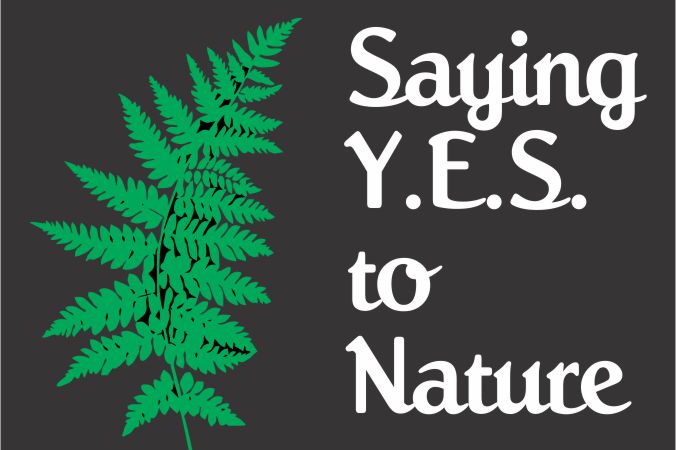
4 minute read
Garry oak meadows- special places
BY PAMELA WALKER
Garry oak meadows are rare, special places. And we just happen to have one in the heart of Yellow Point at Yellow Point Park. Covered with broom for years, it has now been restored — thanks to the work of one warrior in particular whose name is Susan.
What makes a Garry oak meadow special? Well, it has oak trees, specifically the native variety that are quite different to other oaks, except for their distinctly oak-shaped leaves. But in order to have those, you have to have poor, rocky soil so water runs on top of the soil and fir trees don’t grow and block out the sun. That sunshine and poor soil bring with it bright wildflowers, such as blue camas,

Monkey blossom.
Photo: Nikki Toxopeus
white Easter (fawn) lily, and yellow western buttercup and perhaps the satin flower, shooting star, death camas, chocolate lily and the little monkey flower. And stands of snowberry and ocean spray amongst licorice fern, rock mosses and soft green grasses.
Before the settlers arrived, it was the women of the First Peoples and the butterflies who cared for these distinct meadows. It was an important job, as the prolific blue camas (Camassia quamash) provided a food staple more precious than the potato was to the Irish. A camas bulb is a carbohydrate with more protein, pound for pound, than steelhead trout. Only the large bulbs were harvested; the smaller ones were left to grow for another season.
An estimated 30 million pounds of camas were picked to feed the population of Cowichan each year. And more were harvested to be given away or used as currency. Wealth was determined not by how much you had, but by how much you could give away. The camas trade occurred from as far south as Mexico and as far north as Alaska. Obviously, there were more camas around before the 1800s than there is today. Indeed, it is said that people mistook the blue-coloured camas fields for huge lakes.
So how did these women cultivate so much? They used a number of techniques, including low-intensity burns as well as composting and mulching using clam shells and fish guts to fertilize the soil.
How did the butter flies help? The checkerspot butter flies were considered the guardians of the camas, as they would
lay their eggs in the holes where the bulb had been cultivated. As their eggs developed during the winter months, they would be the sentinels of this most precious of plants.
So important were the camas (kwetlal) to the people (mustimuhw) that they named the month of May Punhwe’num, which translates to “when the camas blooms.”

Western buttercup and shooting star.
Photo: Steven Méthot
Today, we have less than five per cent of the original Garry oak meadows left. They, along with the camas, nodding onion, chocolate lily, fool’s onion, and the red-listed flower the deltoid balsam, whose indigenous name has even been lost, are precious commodities for the heart and soul and for the other creatures who require this unique environment to survive.
That is why, when some yahoo decides to take his truck for a joy ride in our tiny meadow at Yellow Point Park, we all have to shake our heads with sadness. Butter flies cannot guard against massive truck tires, so we have to thank Murray McNabb for placing huge boulders along the road instead. And we have to thank the generations of Indigenous women who cared for the Garry oak meadows throughout the ages.
Special thanks to the Islands Trust Conservancy (www.islandstrust.bc.ca) and the Garry Oak Ecosystem Recovery Team (www.goert.ca) for their amazing zoom presentation called “P’hwulhp (Garry Oak) Meadows: Understanding a Living Cultural Landscape,” about the restoration work they are doing from their home on Salt Spring Island.







